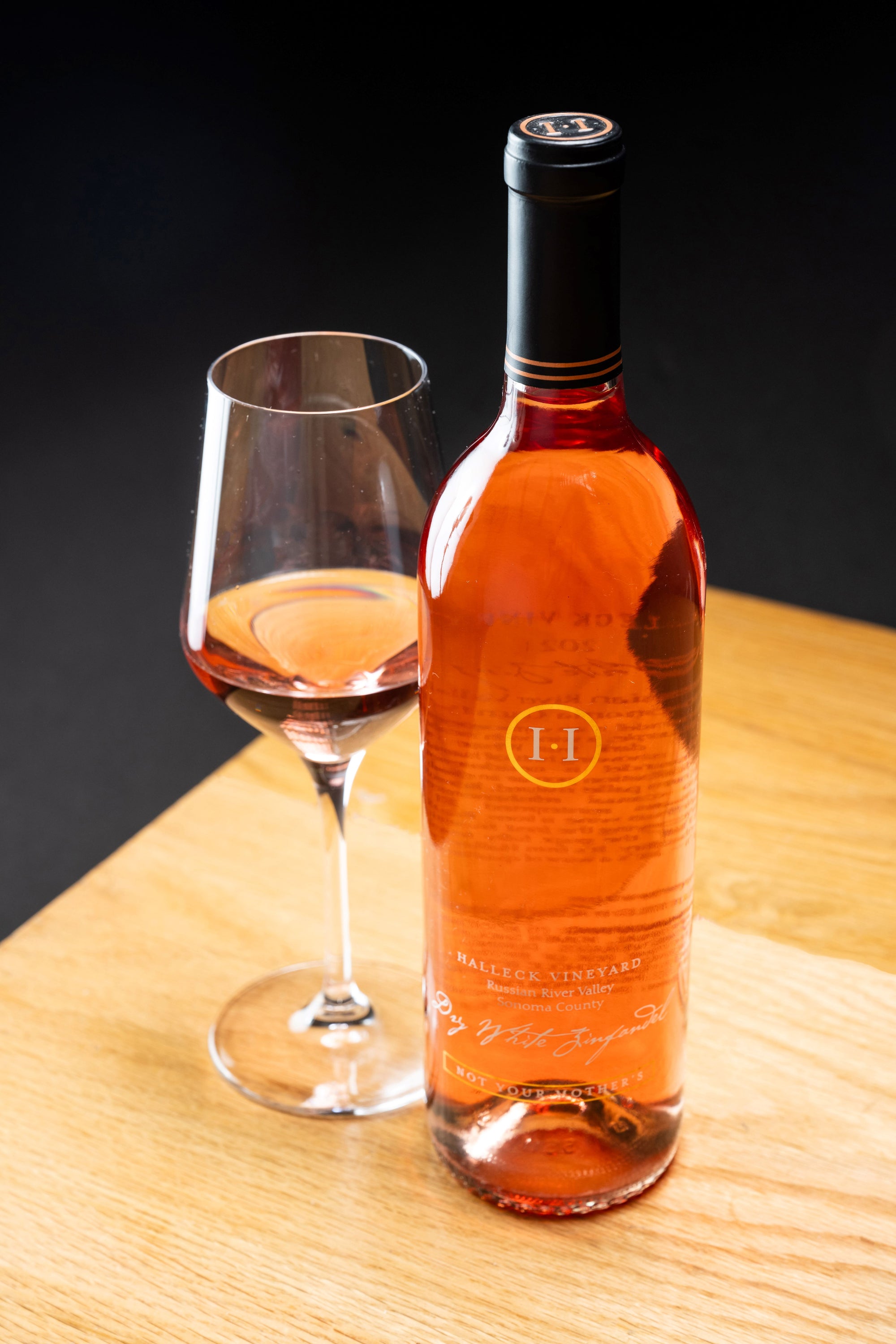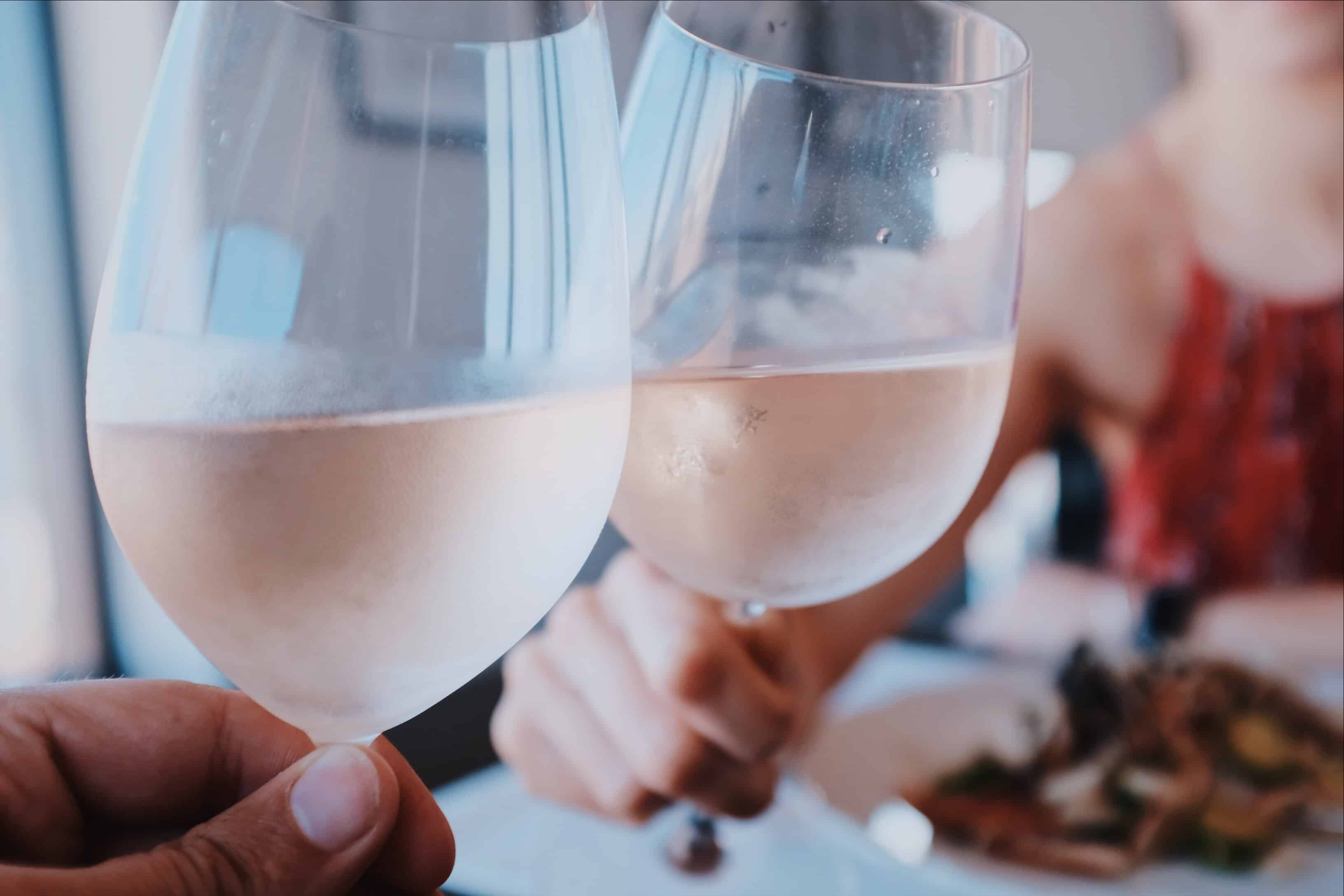Guide to Enjoying Wine Tastings in Sonoma 95472
Understanding the nuanced vocabulary associated with winery wine tasting is important for each novices and seasoned connoisseurs alike. Every term brings to life the experience of tasting wine and can enhance one’s appreciation of the numerous intricacies concerned. Wine tasting is extra than just consuming; it is an art that entails various senses and emotions.
To begin with, the term "nostril" refers again to the aromas one detects when smelling the wine. This is a vital step because the bouquet units the stage for the tasting experience. Notes of fruit, spice, earth, and wooden could mingle, providing a glimpse of what the palate might confirm. Understanding "nosing" the wine can dramatically elevate one's sensory journey.
Another key facet is the term "physique." The physique of the wine describes its weight and fullness on the palate. A full-bodied wine has a sturdy presence and tends to linger longer after swallowing. Conversely, light-bodied wines could really feel extra delicate and refreshing. Recognizing the physique helps tasters assess the wine's construction and steadiness.
Wine Trails Through Sebastopol : The Best Routes for Tasting 95405
The idea of "tannins" is vital in pink wine tasting. Tannins are compounds derived from grape skins, seeds, and stems, contributing to a wine's texture and getting older potential. High tannin wines typically end in a dry mouthfeel, whereas decrease tannin ranges yield a smoother experience. This distinction is particularly essential when pairing wines with food, as tannins can either complement or conflict with sure dishes.
In addition to tannins, "acidity" plays a significant position within the wine tasting experience. Acidity offers wine its crispness and liveliness - Culinary Pairings at California Vineyards. Wines with greater acidity are usually refreshing and energizing, making them wonderful companions for quite lots of foods. Recognizing acidity can drastically enhance one’s food-pairing capabilities and general tasting enjoyment.
When delving into the flavour profile of a wine, one might encounter the term "finish." The end refers to the aftertaste that lingers within the mouth after swallowing. A long end is often associated with high-quality wines, because it signifies complexity and depth. A short end may recommend a simpler wine. Knowing how to evaluate the end can reveal a lot about a wine's character.
Exploring the "vintage" can be integral to wine tasting terminology. The vintage denotes the 12 months in which the grapes had been harvested. Different years can yield vastly totally different outcomes because of variations in local weather situations. For instance, a scorching summer time can produce extra concentrated flavors, whereas a cooler yr would possibly yield extra refined, nuanced wines. Understanding vintage allows for a deeper appreciation of a wine’s origin and potential.
Sommelier's Guide to Exploring the Wines of Sebastopol 95468
The term "terroir" encompasses the geographical and environmental elements that contribute to a wine's distinctive character. Elements such as soil kind, climate, elevation, and topography all play a job in the flavor and high quality of the wine. This connection to put helps one perceive why wines from totally different regions can style so distinctively different, even when created from the same grape selection (Wine Enthusiast's Guide to Exploring the Wines of Sonoma).
When participating with wines, the phrase "leg" refers again to the droplets that type on the inside of the glass after swirling. These droplets can indicate the wine's alcohol content and viscosity. Whereas observing the legs won't instantly relate to the wine’s style, it adds to the general experience and intrigue of wine tasting much less transparent.
Sustainable Wine Tasting Experiences in The Russian River Valley
A extra specific term that may arise during tastings is "oak." The influence of oak barrels on wine can impart flavors such as vanilla, toast, or spice. The degree of oak growing older can differ extensively among wines, affecting both aroma and taste. Understanding oak treatment offers More about the author insights into the winemaker’s decisions and the ensuing complexity of the wine.
In wine tasting, one may also hear the term "palate." The palate refers again to the total style experience within the mouth. This encompasses sweetness, bitterness, acidity, and body. A well-balanced palate is essential for a harmonious tasting experience, and recognizing any imbalances helps assess the quality of the wine.
The experience of wine tasting is greatly enriched by understanding the terminology that accompanies it. Each term serves a purpose, enhancing the ability to convey thoughts and feelings about the wine one's experiencing. This vocabulary bridges communication between tasters, sommeliers, and winemakers alike.

To totally get pleasure from wine tasting, it is important to have interaction all senses. The sight of the wine, its shade, and readability can provide insight into its age and quality. Swirling the wine releases aromas that heighten the olfactory experience, whereas the precise tasting permits for an entire evaluation of the wine's profile.
Your Go-To Guide for Exploring Wineries in Sebastopol
In conclusion, understanding the detailed explanation of winery wine tasting terminology significantly enhances the experience of tasting. Every term invitations the taster to have interaction extra deeply with the wine, encouraging connections to the senses, the winemakers, and the lands where the grapes are grown. This nuanced vocabulary creates a richer, more fulfilling wine tasting experience.
- Aroma refers to the scents launched by the wine, which might point out its grape selection and influence the tasting experience.
- Tannins are natural compounds found in grape skins, seeds, and stems, contributing to the wine's structure and aging potential.
- A finish, or aftertaste, is the lingering flavor sensation that is still on the palate after swallowing, usually a key indicator of high quality.
- Physique describes the burden and fullness of wine in the mouth, generally categorized as light, medium, or full-bodied.
- Terroir denotes the unique environmental characteristics of a vineyard that have an effect on the taste and quality of the wine, including soil type and climate.
- Acidity is a critical component that contributes to a wine's freshness and stability, impacting its aging capability and overall flavor profile.
- Vintage indicates the year grapes were harvested and plays a significant role in determining the wine's characteristics, reflecting specific climatic conditions.
- Decanting entails pouring wine from its bottle into another vessel, permitting it to aerate and enhancing its flavors and aromas.
- A corked wine could also be tainted by a defective cork, resulting in musty or off-putting flavors that detract from the wine's supposed profile.
- The term “legs” refers to the droplets that cling to the within of a glass after swirling, usually related to the wine's alcohol content and viscosity.undefinedWhat is the meaning of "nose" in wine tasting?undefinedThe "nostril" refers to the aroma profile of the wine, which is detected via the sense of odor. It's an essential aspect of wine tasting, as aromas can reveal so much in regards to the grape selection, winemaking course of, and growing older.
How should I properly taste wine?undefinedTo taste wine successfully, comply with these steps: observe the color, swirl the wine to aerate it, take a gentle sniff to capture the aromas, sip and let it coat your palate, and at last, note the finish. my site This approach helps in appreciating the wine’s complexity.
What are "tannins" and how do they have an result on wine?undefinedTannins are pure compounds found in grape skins, seeds, and stems that contribute to a wine's construction and astringency. They can create a drying sensation within the mouth, and they also play a job within the wine's growing older potential.
Discover the Top Wineries in Sonoma County for Exceptional Wine Tasting Experiences 95404

What does the term "stability" imply in wine tasting?undefinedBalance refers again to the harmony between the completely different elements of a wine, such as acidity, sweetness, alcohol, tannin, and flavor depth. A well-balanced wine will have every of these parts supporting one another quite than overpowering the others.
What is the significance of "terroir" in wine tasting?undefinedTerroir encompasses the environmental factors—such as soil, local weather, and geography—that influence the traits of the wine produced in a particular area. Understanding terroir helps tasters appreciate the distinctive qualities that totally different regions impart to their wines.
What does "vintage" imply and why is it important?undefined"Vintage" indicates the 12 months when the grapes were harvested. It is essential because it impacts the wine’s quality and traits, as climate circumstances in the course of the growing season can considerably affect flavor profiles and aromatics.
What are "legs" and what do they signify?undefined"Legs" refer to the droplets that type and run down the inside of a glass after swirling wine. Whereas they'll indicate alcohol content and viscosity, they don't determine quality—this is extra about personal notion of richness.
The Best Wineries for Group Tastings in Sonoma County

What does "full-bodied" imply versus "light-bodied"?undefined"Full-bodied" wines are wealthy, dense, and often have larger alcohol content and complicated flavor profiles, whereas "light-bodied" wines are more delicate and refreshing with a decrease alcohol content material. This distinction helps tasters understand the expected weight and mouthfeel of the wine.
How can I determine fruit flavors in wine?undefinedTo identify fruit flavors, contemplate the aroma and taste profiles. Swirl the wine, inhale deeply to seize the bouquet, and give attention to specific traits. Familiarity with typical fruit profiles of varied grape varieties can enhance this identification course of.
What is "finish" in wine tasting?undefinedThe "end" refers to the aftertaste that lingers within the mouth after swallowing. A long, advanced finish is commonly an indication of quality in a wine, because it reflects the depth of flavor and general craftsmanship within the winemaking process.
Comments on “Best Chardonnay from Sebastopol Wineries You Shouldn't Miss”